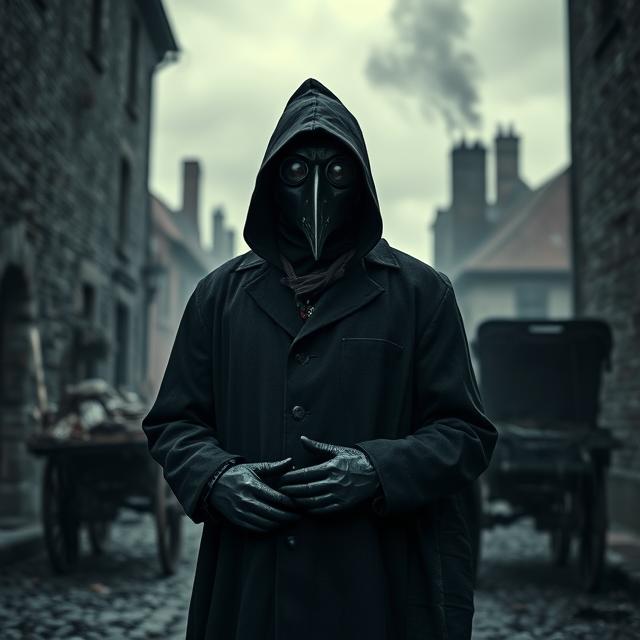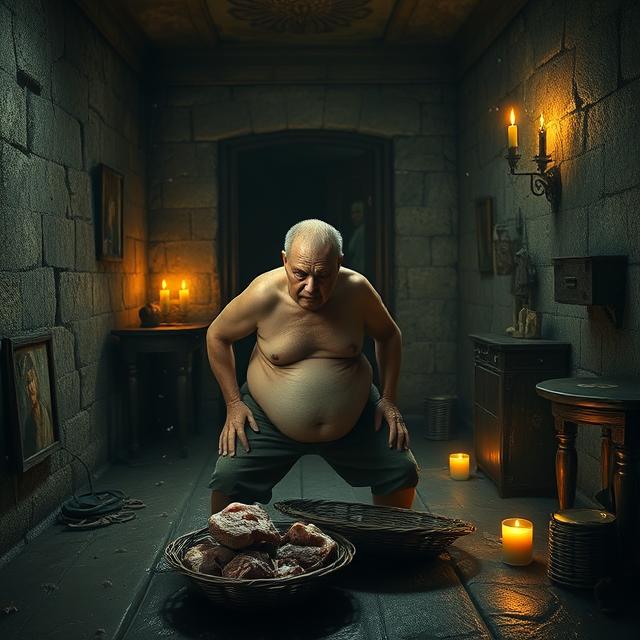The Black Death, a devastating pandemic that ravaged Europe in the mid-14th century, left a trail of unimaginable suffering and death. In the face of this invisible and terrifying enemy, a unique figure emerged: the plague doctor. With their distinctive and unsettling attire, these physicians attempted to treat and contain the spread of the disease, often employing methods that, in retrospect, seem as bizarre as they were ineffective. The image of the plague doctor, with their bird-like masks and somber robes, has become an enduring symbol of death, disease, and the desperate struggle against the unseen forces of pestilence.
The most iconic and unsettling aspect of the plague doctor was their distinctive attire. While variations existed, the standard plague doctor’s garb consisted of:
- A long, dark, often waxed overcoat: This was intended to protect the doctor from “miasma,” the prevailing theory at the time which held that disease was spread by foul-smelling air.
- A bird-like mask: This mask, with its long beak, was the most striking feature. The beak was typically stuffed with sweet-smelling herbs, spices, and other substances believed to purify the air and ward off the plague.
- Gloves: Usually made of leather, these provided a physical barrier against contact with infected individuals.
- A hat: Typically a wide-brimmed leather hat, this was thought to offer additional protection.
- A staff or cane: This was used to examine patients without making direct contact and to keep people at a distance.
The overall effect of this ensemble was undeniably terrifying, making the plague doctor a figure of both fear and reluctant hope in plague-stricken communities.
While the attire was intended to provide protection, the methods employed by plague doctors to treat the disease were often based on the limited medical knowledge of the time and were largely ineffective against the bubonic and pneumonic plague. Some common practices included:
- Bloodletting: Based on the ancient Greek theory of humors, this involved draining blood from the patient to supposedly restore balance and expel the disease.
- Applying leeches: Similar to bloodletting, leeches were used to draw blood from the patient.
- Applying poultices and ointments: These often contained a variety of ingredients, some of which may have had mild antiseptic properties, but were largely ineffective against the plague.
- Burning aromatic substances: This was intended to combat miasma by purifying the air.
- Administering various concoctions: These could include everything from vinegar and herbs to more bizarre ingredients.
In addition to treating the sick, plague doctors also had other responsibilities, often at the behest of city authorities. These could include:
- Recording the number of deaths: This was crucial for tracking the progress of the epidemic.
- Performing autopsies: In some cases, plague doctors were tasked with examining the bodies of the deceased to better understand the disease (though their understanding was limited).
- Overseeing burials: This was often a grim and overwhelming task during the height of the plague.
- Quarantine enforcement: Plague doctors might be involved in enforcing quarantine measures to try to limit the spread of the disease.
The social position of plague doctors was complex and often fraught with tension. On the one hand, they were desperately needed by terrified communities. On the other hand, their methods were often ineffective, and their presence was a constant reminder of the pervasive death and suffering. They were often paid by cities or wealthy individuals to treat the poor, a task that was both dangerous and often thankless.
The image of the plague doctor has endured for centuries, evolving from a historical figure to a powerful symbol in art, literature, and popular culture. The unsettling attire, particularly the bird-like mask, has become iconic, representing death, disease, and the struggle against unseen forces. Plague doctors have appeared in everything from medieval art to modern video games, often as figures of both menace and a grim sort of authority.
The enduring fascination with plague doctors stems from several factors. Their distinctive appearance makes them visually striking and memorable. Their role in the face of a terrifying pandemic evokes both horror and a sense of historical drama. And their often-bizarre methods offer a glimpse into the limited understanding of medicine in a pre-scientific era.
The plague doctor, with their masked face and futile attempts to combat the Black Death, serves as a potent reminder of humanity’s vulnerability in the face of overwhelming forces. They stand as a testament to the fear, the desperation, and the often-misguided attempts to find answers in a world where the true nature of disease was a terrifying mystery. The terror behind the mask reflects not only the fear of the plague itself but also the fear of the unknown, the unseen enemy that could decimate entire populations, leaving only the masked figures of the plague doctors to tend to the dying and count the dead.
Want to explore the shadows even deeper? For more chilling cases like this, visit SinisterArchive.com, where the legends are real.




